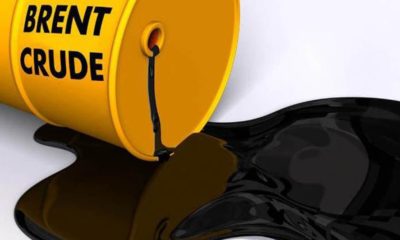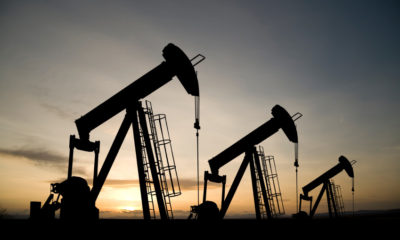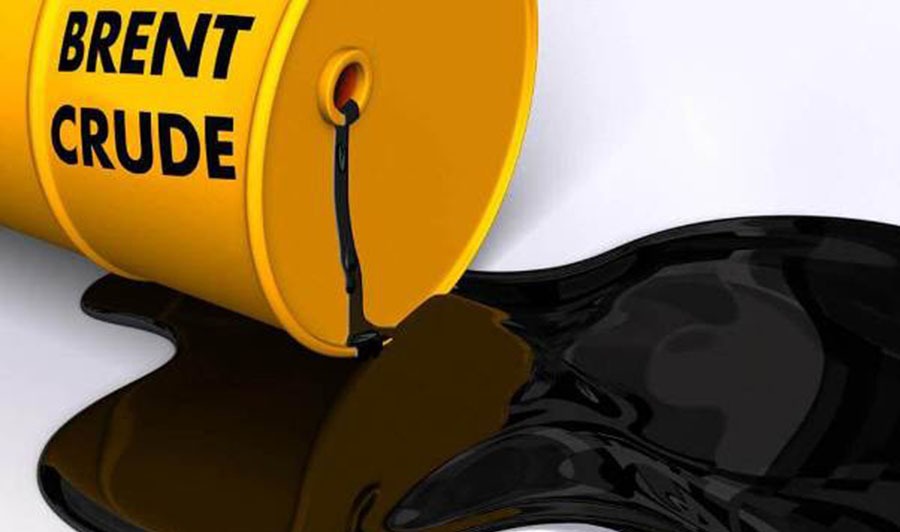Over the past three decades, Angola has established itself as the premier destination for large-scale oil and gas investment.
However, the country’s rich acreage represents only one of the reasons foreign investors and project developers are attracted to the country, with high returns on investment associated with Angolan oil and gas incentivizing global participation in the market.
Energy Capital & Power, in partnership with the Angolan Ministry of Mineral Resources and Petroleum, will host the Angola Oil & Gas 2023 conference this September to showcase investment opportunities within the country’s burgeoning energy industry.
Having recently been anointed sub-Saharan Africa’s largest oil producer and boasting confirmed reserves of 9 billion barrels of oil and 11 trillion cubic feet of natural gas, the southern African country hosts some of the world’s foremost oil and gas companies, including supermajors TotalEnergies, Chevron, ExxonMobil, bp and Eni. Angola’s current output is approximately 1.37 million barrels of oil per day (bpd) and 17,904.5 million cubic feet of natural gas.
As such, the country’s resource potential is high, and the country’s Government has sought to develop an enabling environment for its oil and gas industry while incentivizing investment into the sector through a robust series of regulatory reforms, infrastructure developments, and exploration strategies.
The Government’s National Development Plan 2018-2022 and its updated Hydrocarbon Exploration Strategy 2020-2025 showcase the immense potential within the country’s geologically appraised concessions and sedimentary basins, with underexplored prospects such as the Kwanza Basin and offshore deepwater Namibe Basin serving as some of the world’s leading frontiers for hydrocarbon exploration and production.
Angola also boasts well-established infrastructure to support its oil and gas industry, thus enabling potential investors and project developers to reduce costs and time required to develop new projects while expanding their footprint in one of the world’s fastest growing economies. The country’s 60,000 bpd Luanda Refinery, its 5.2 million ton per annum Angola Liquefied Natural Gas plant, and domestic pipelines connecting oilfields to processing facilities serve to support and grow the entire energy value chain while positioning the country as a regional hub for energy development.
In addition to the Luanda refinery, the Government has sought to expand the country’s refining capacity through the development of three additional refineries, which include the Cabinda, Lobito, and Soyo Refineries, which will boast a total combined capacity of 360,000 bpd upon completion. As part of the Government’s stated priorities of diversifying the country’s economy, once completed, these additional refineries are expected to significantly reduce its fuel import costs, saving an estimated $2.7 billion per year.
Meanwhile, as a result of the global energy transition, natural gas is poised to serve as an essential intermediary in the world’s push towards decarbonization. As a result, Angola is well-positioned to play a significant role in the energy revolution while leveraging its natural resources to promote wealth creation and socioeconomic development.
With a long history of participating international oil companies and service providers in Angola, the country’s oil and gas industry offers significant opportunities for partnerships and collaboration. Potential investors have the opportunity to connect with experienced industry players with a deep understanding of the market, including experience in reserves, infrastructure, and regulations.
On the upstream front, an increased Government focus on the development of crude oil and natural gas assets are expected to result in an annual growth rate of over 1.5% between 2022 and 2027. Furthermore, a recent announcement by Angola’s Ministry of Economy and Planning indicated that the country forecasts economic growth of approximately 3% in 2023, thereafter increasing annually by over 3.6% between 2023 and 2027. This market growth will be driven primarily by Angola’s oil sector, which has yet to tap into untapped oil reserves in the Congo and Kwanza Basins in the coming years.
Angola’s economic outlook, oil demand and supply trends, ongoing diversification efforts, and investment opportunities will be unpacked during this year’s edition of the Angola Oil & Gas (AOG) 2023 conference and exhibition, taking place in Luanda from 13-14 September. AOG 2023 will feature high-level panel discussions, exhibitions, and exclusive networking forums showcasing investment and partnership opportunities within the country’s oil and gas sector.

 Forex3 weeks ago
Forex3 weeks ago
 Naira3 weeks ago
Naira3 weeks ago
 Billionaire Watch3 weeks ago
Billionaire Watch3 weeks ago



 Naira3 weeks ago
Naira3 weeks ago






 Naira3 weeks ago
Naira3 weeks ago




 Naira2 weeks ago
Naira2 weeks ago






 Naira2 weeks ago
Naira2 weeks ago




 Naira4 weeks ago
Naira4 weeks ago






















